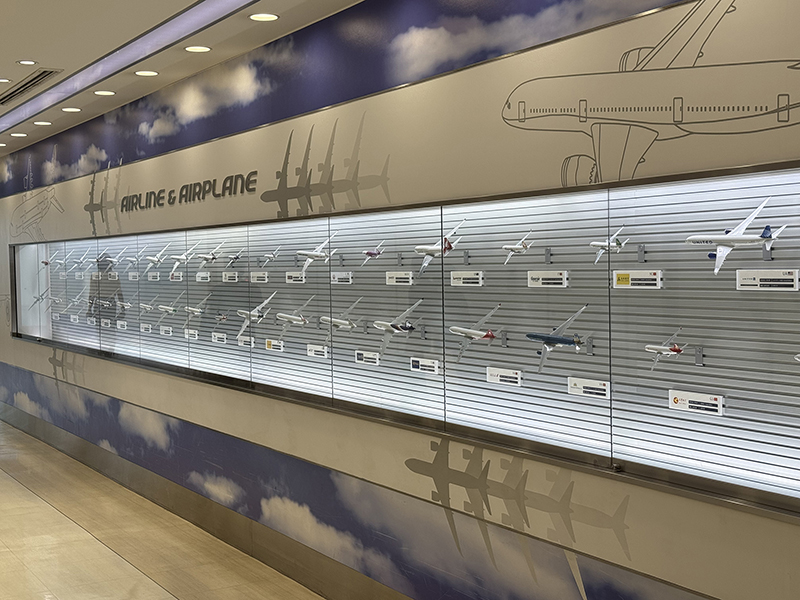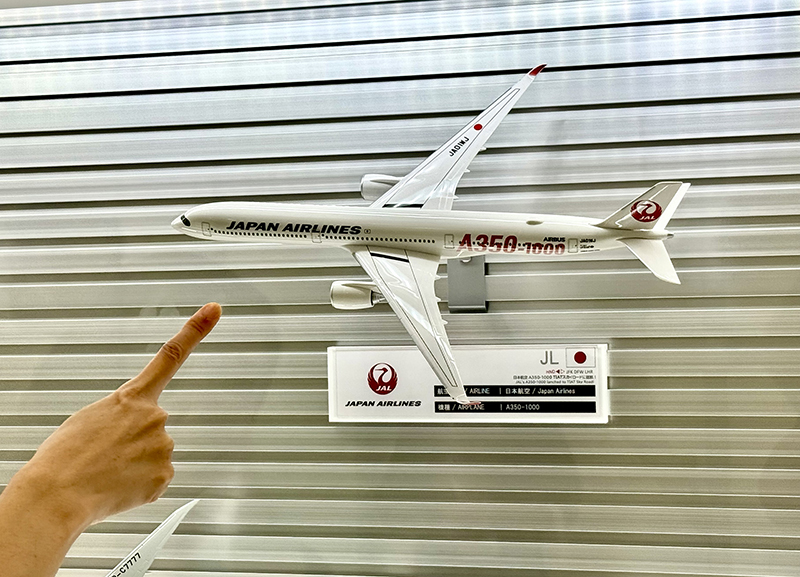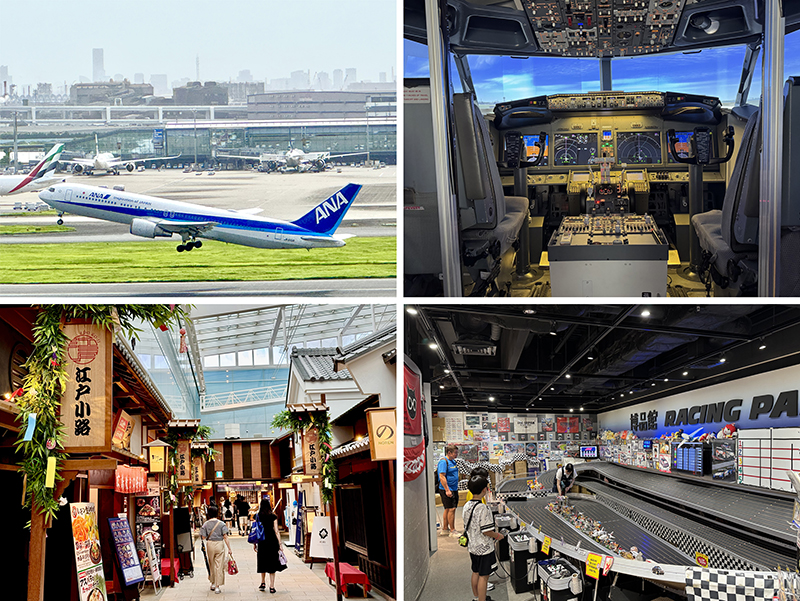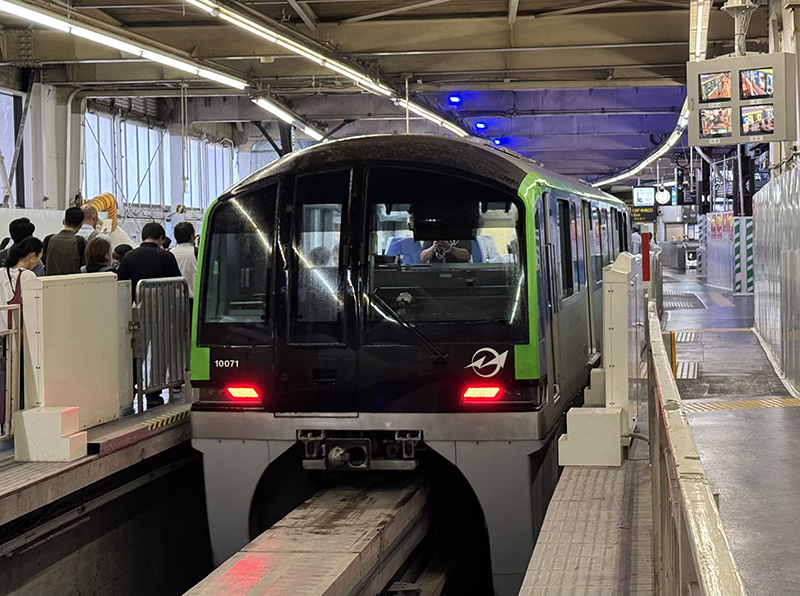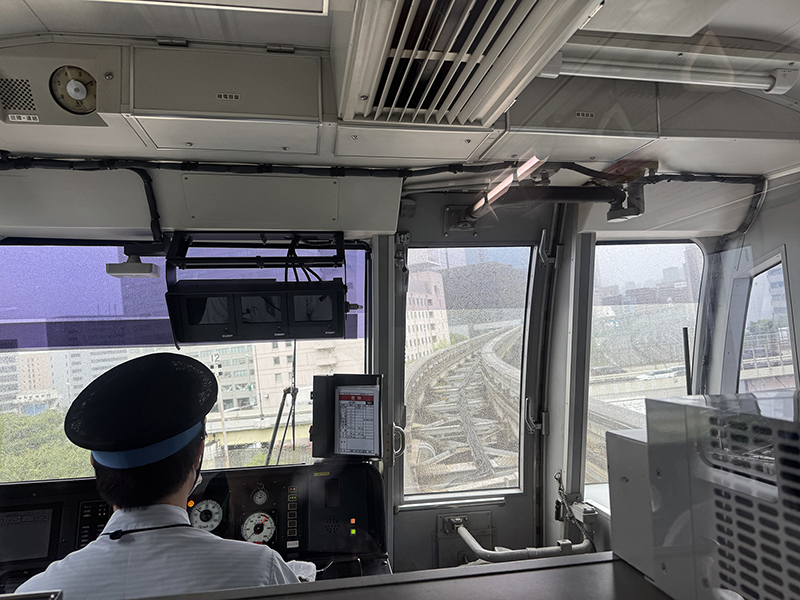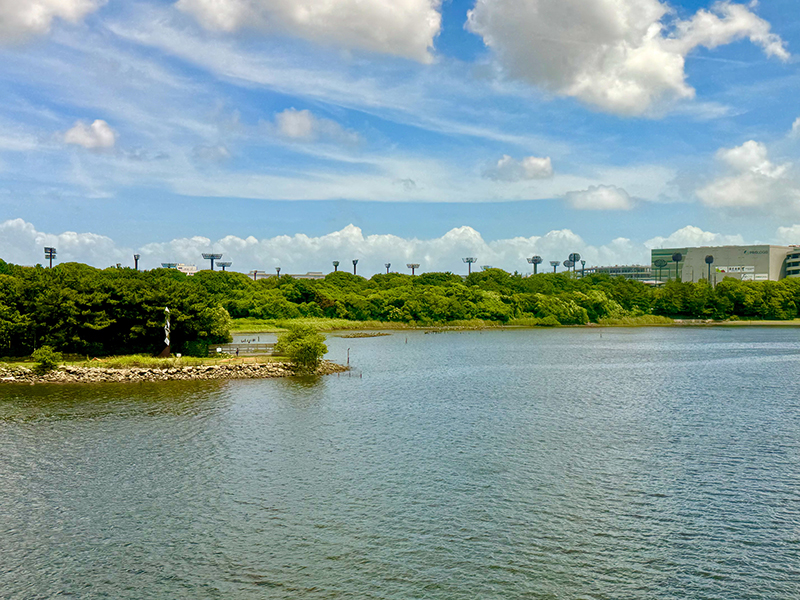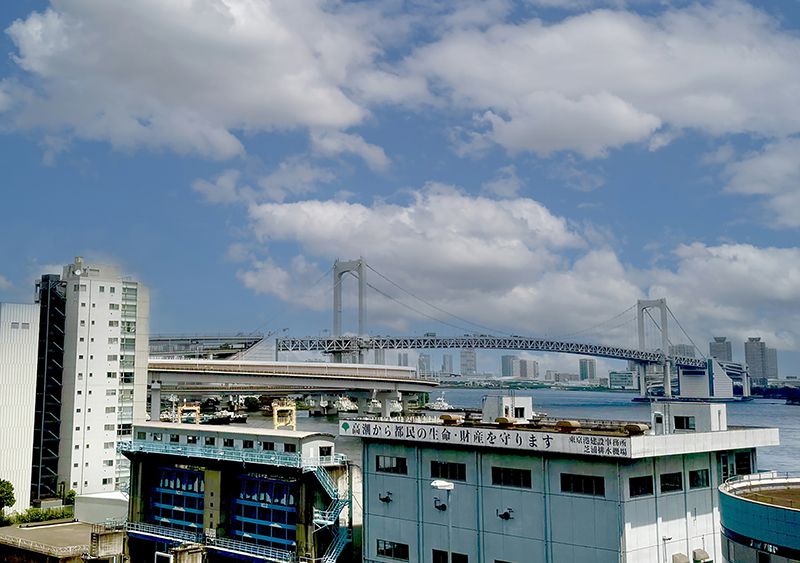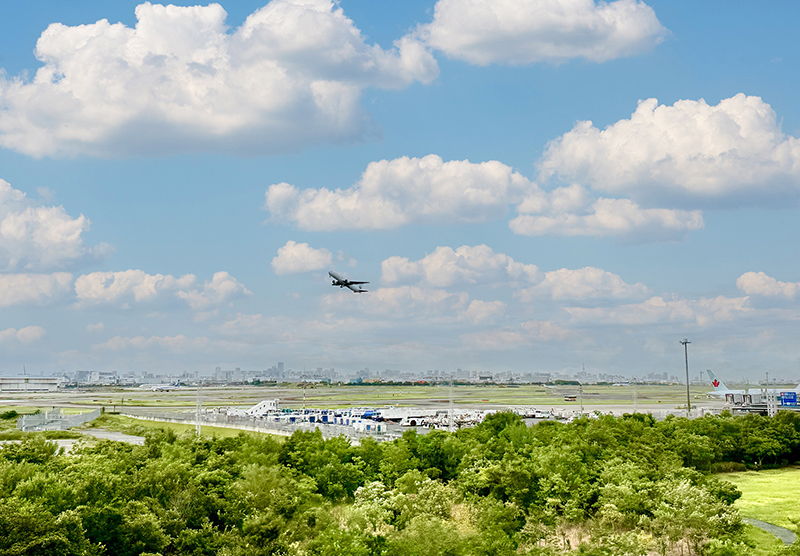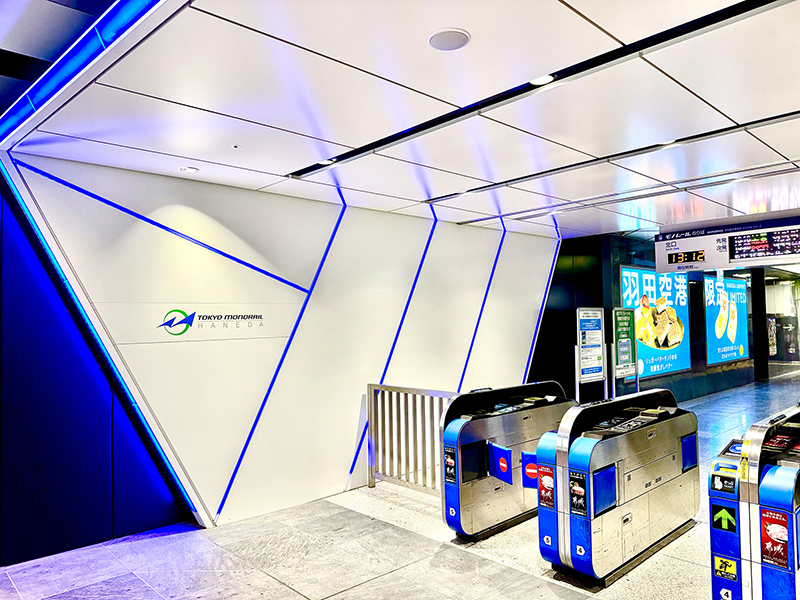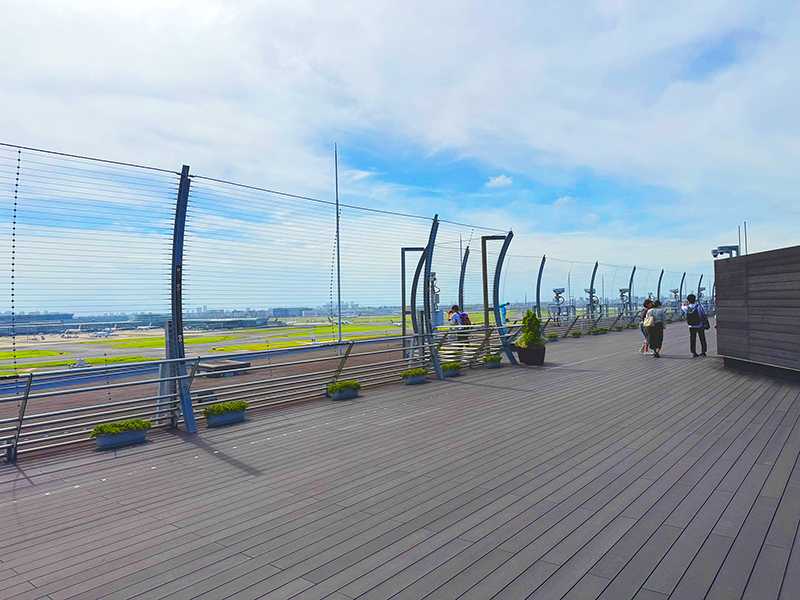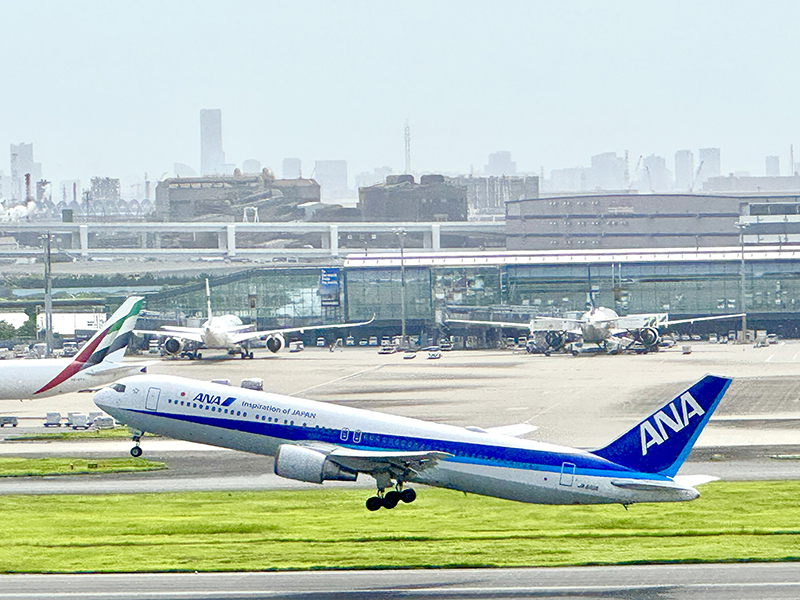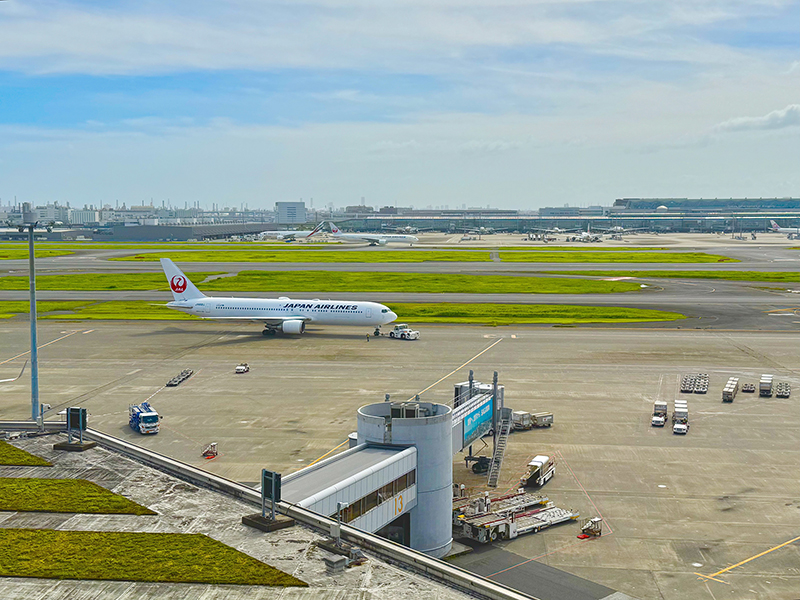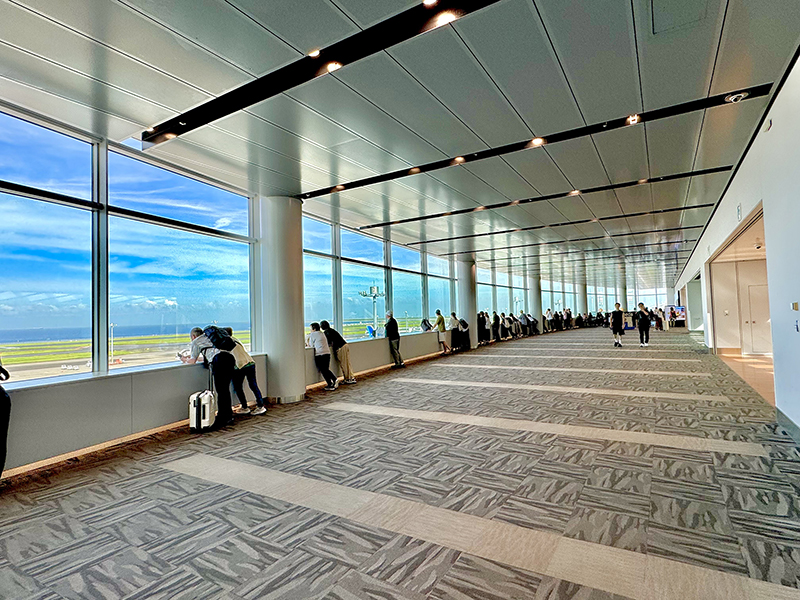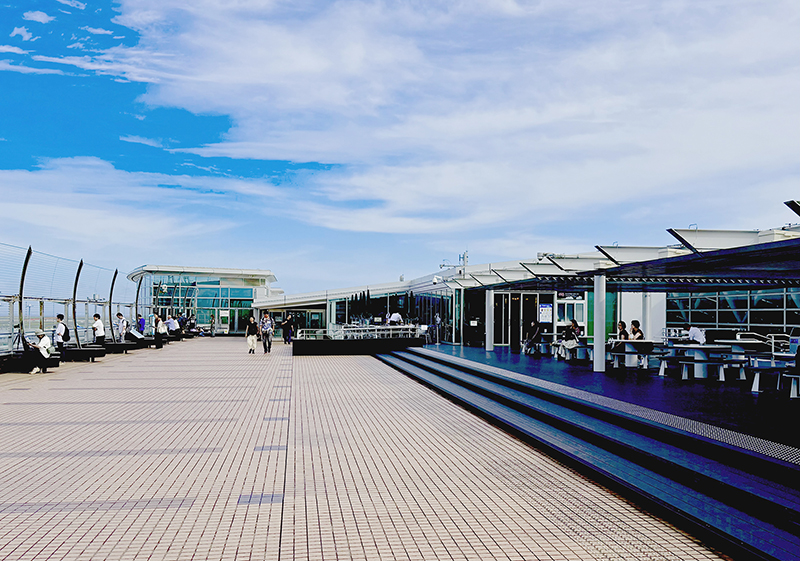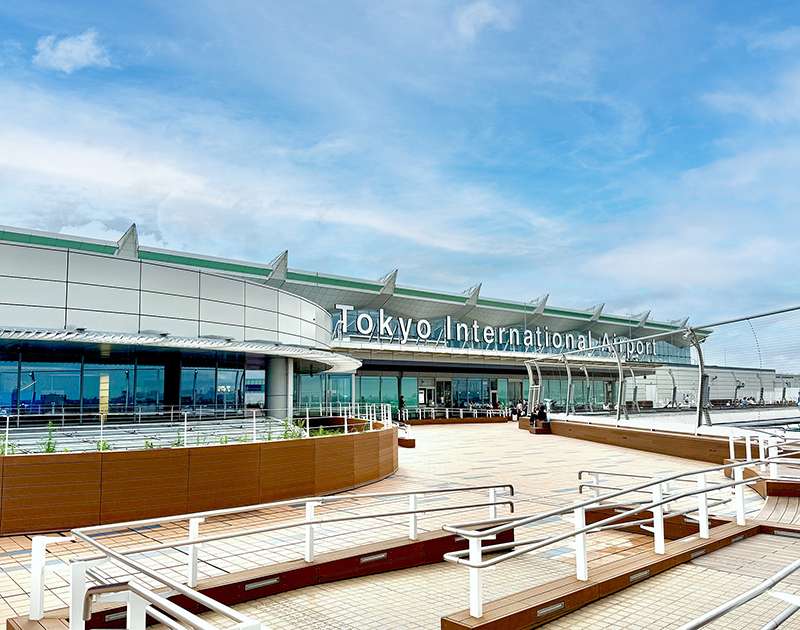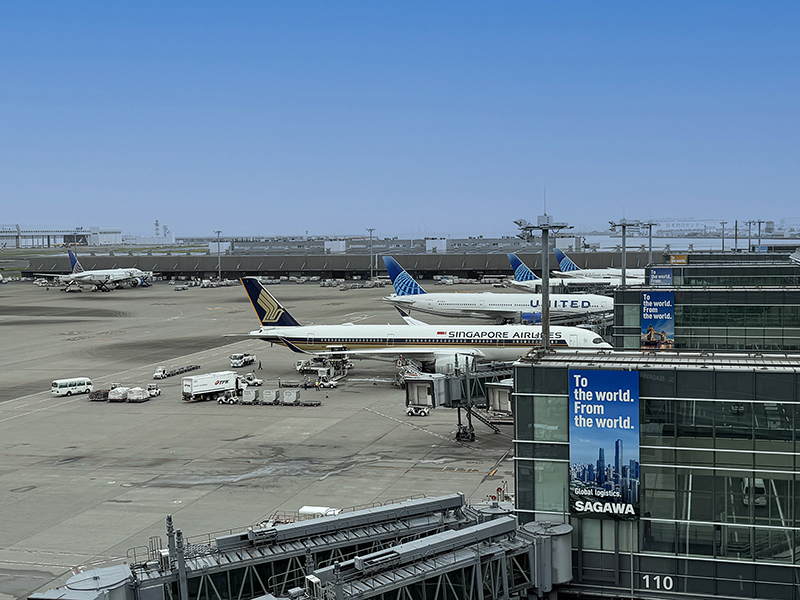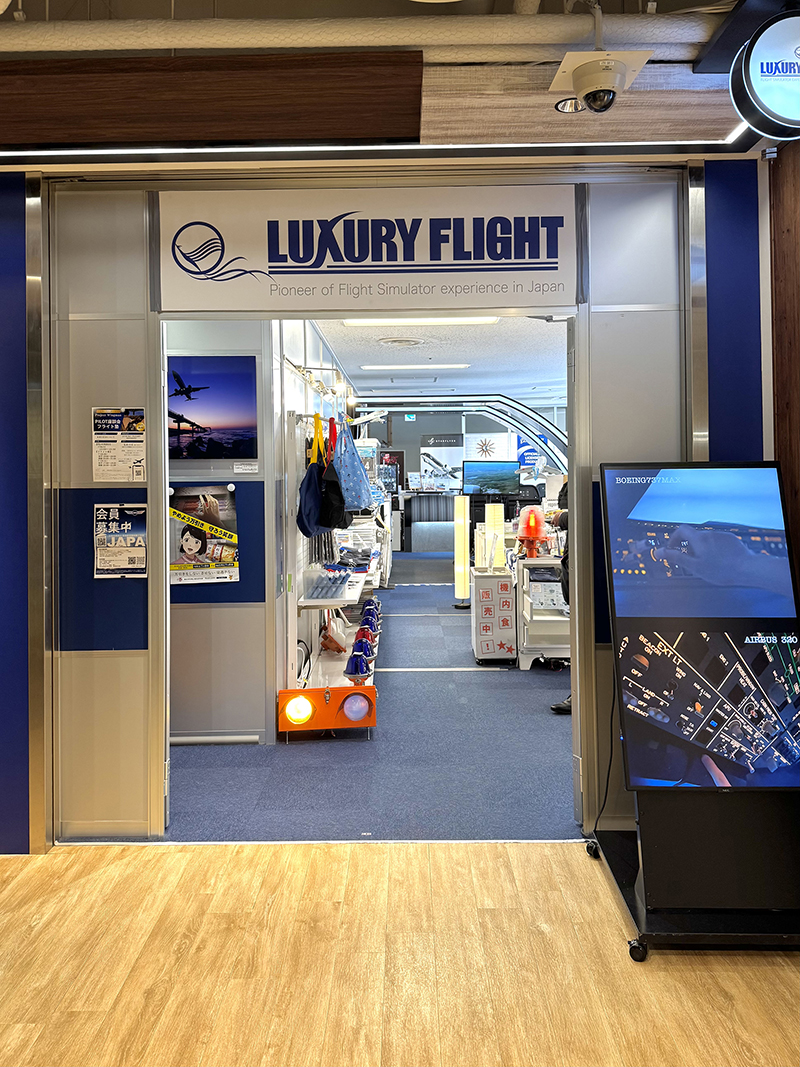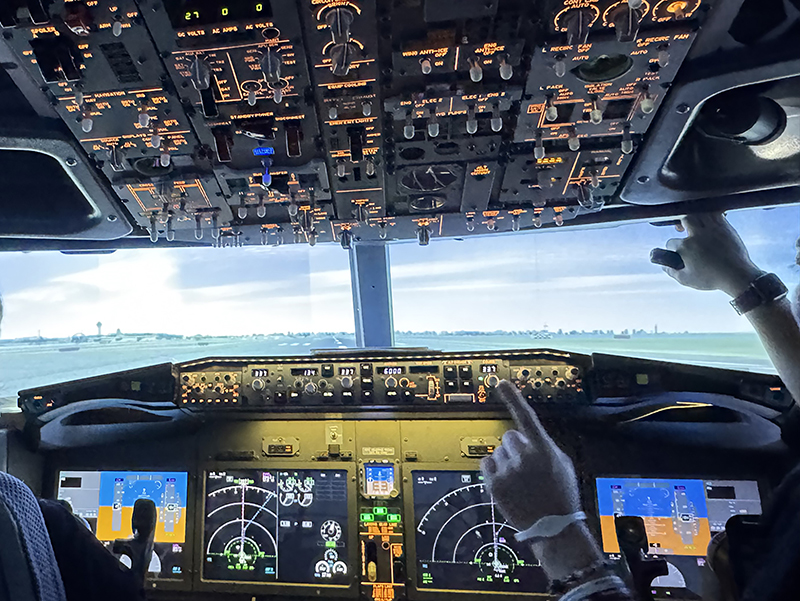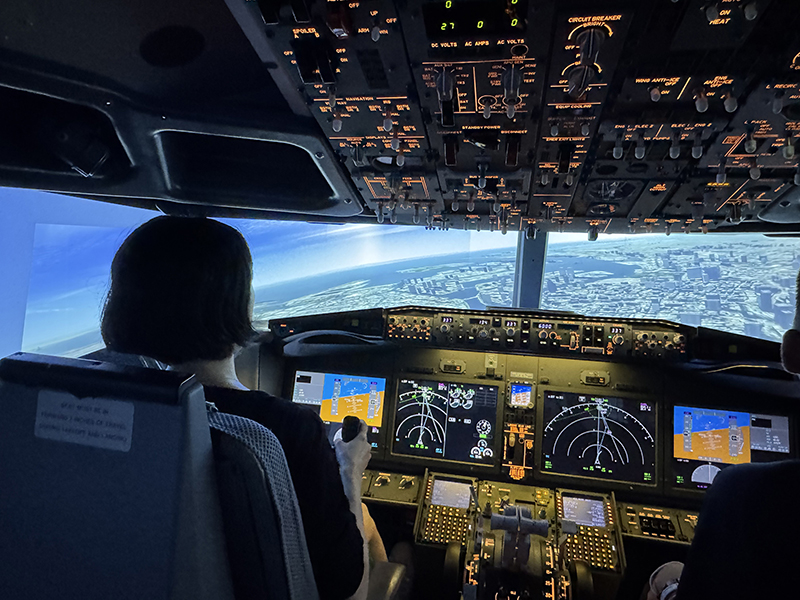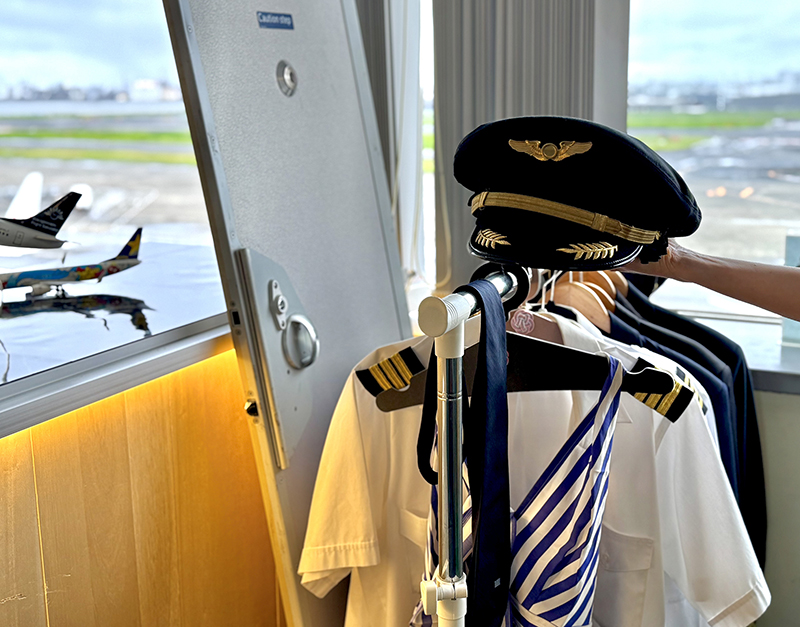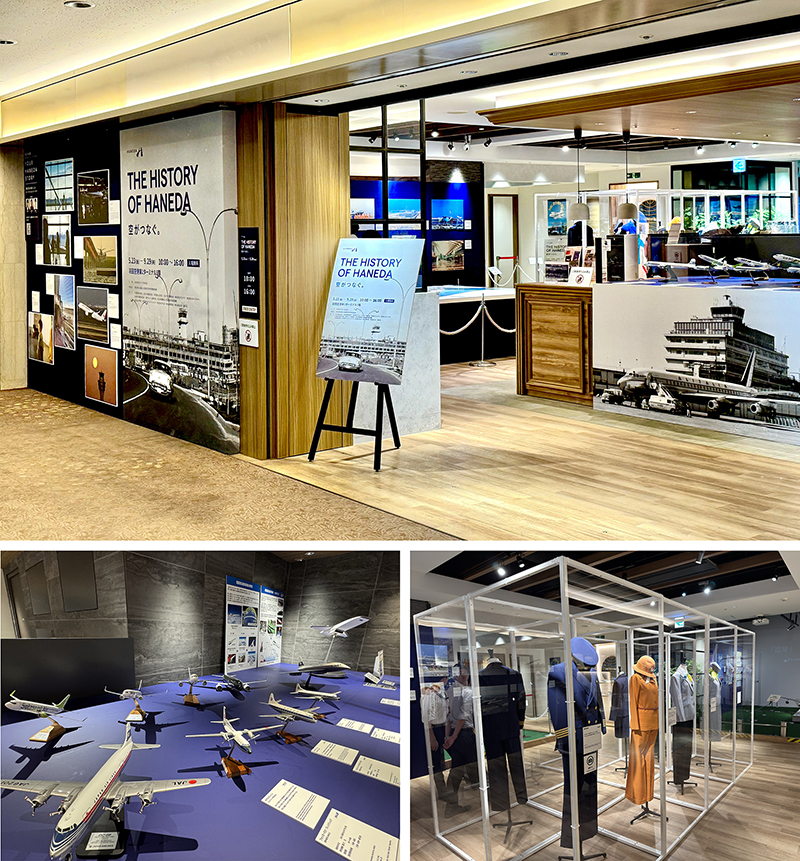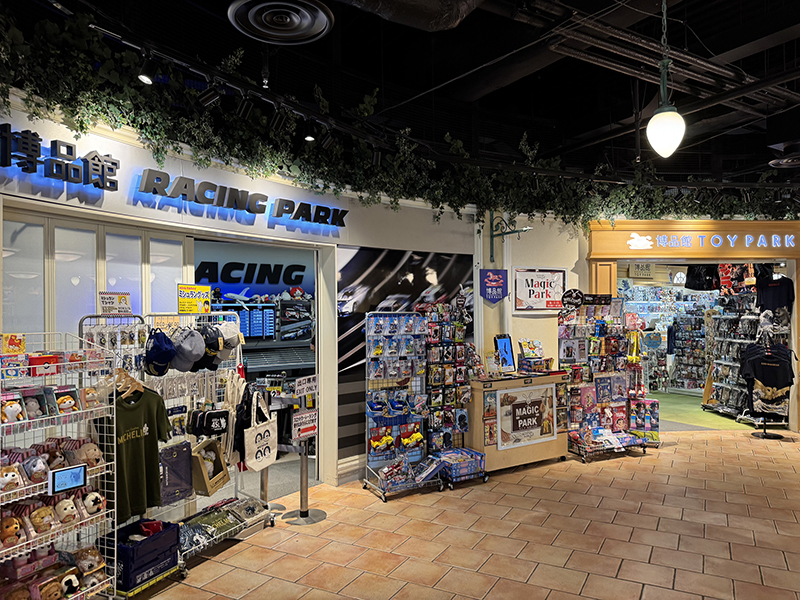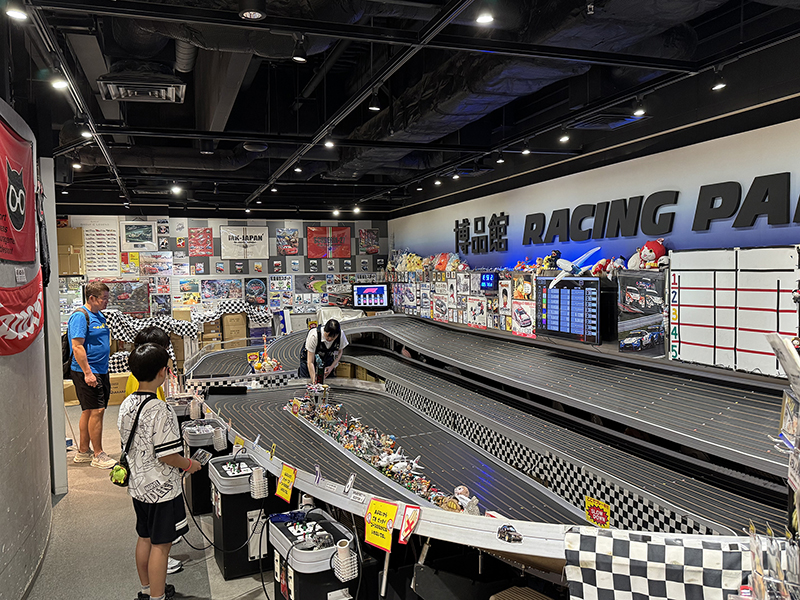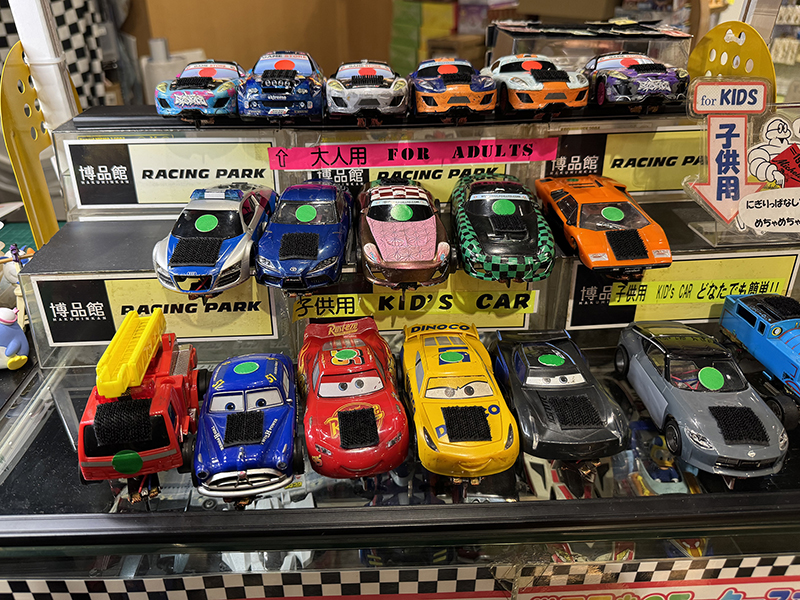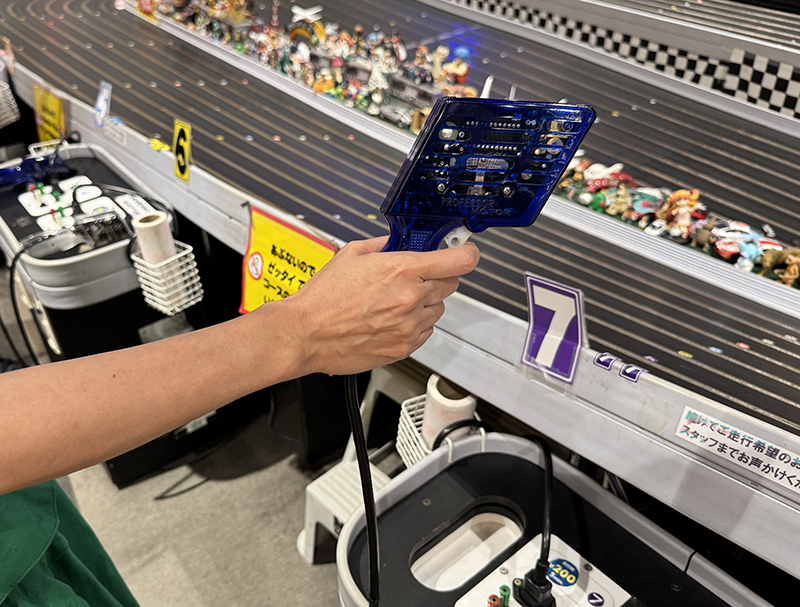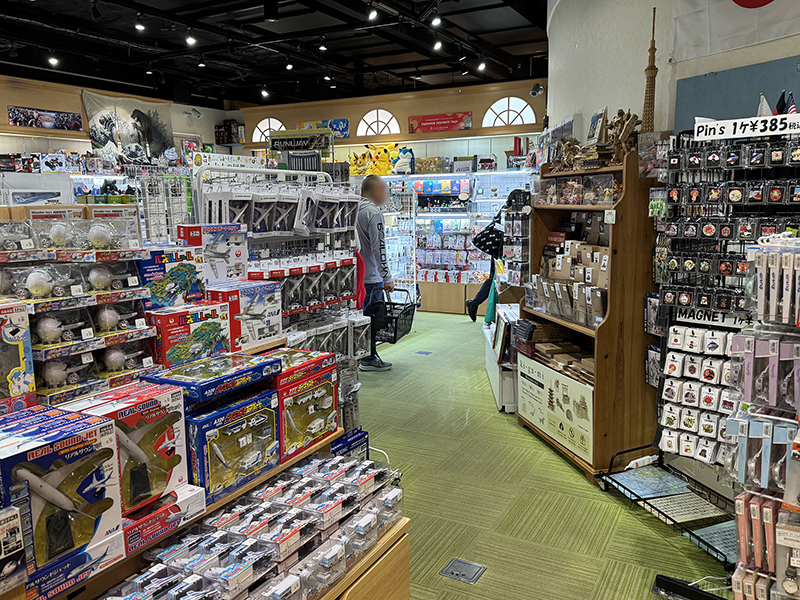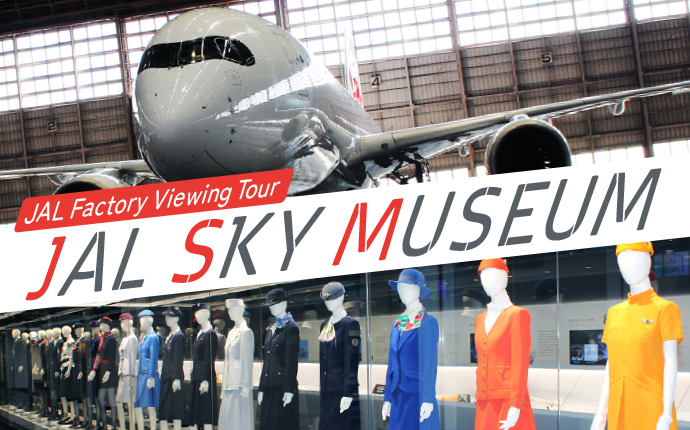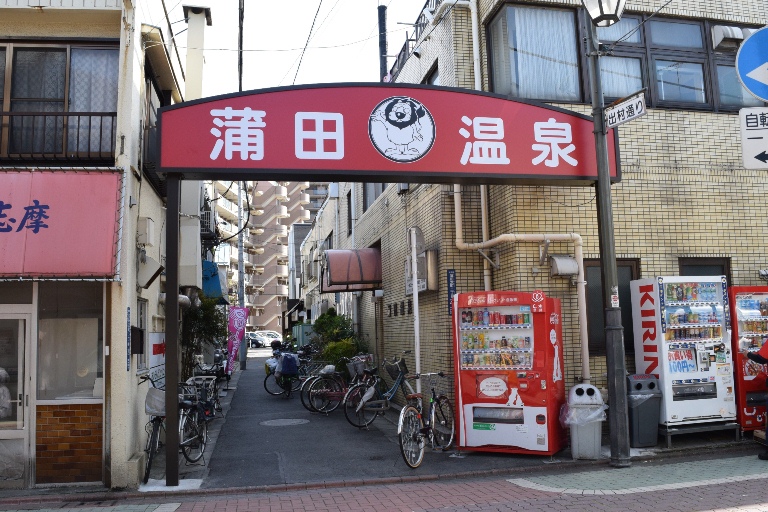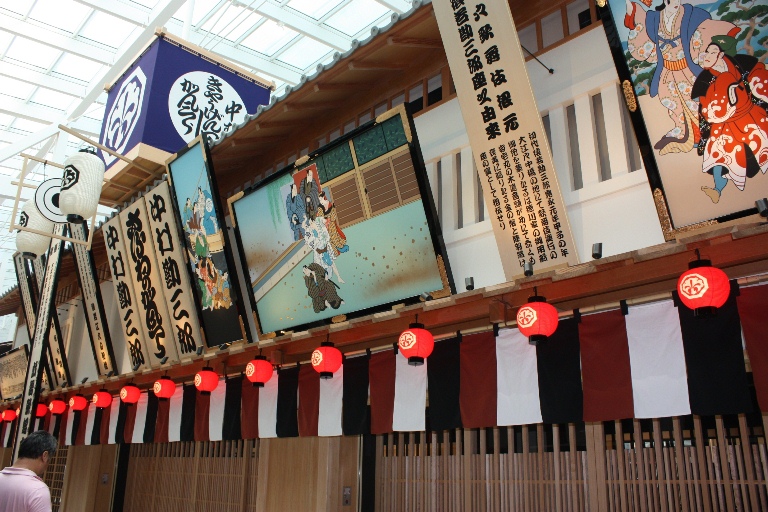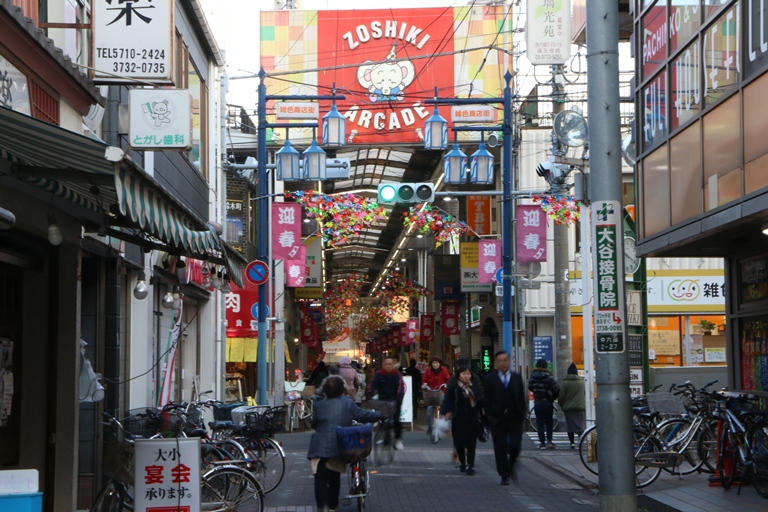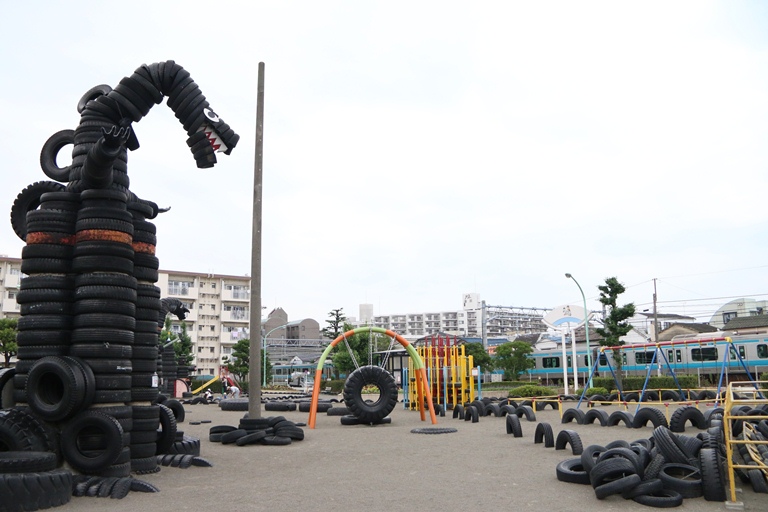On the fourth floor of Terminal 3, you’ll find Edo Koji, a recreation of an Edo-period streetscape.
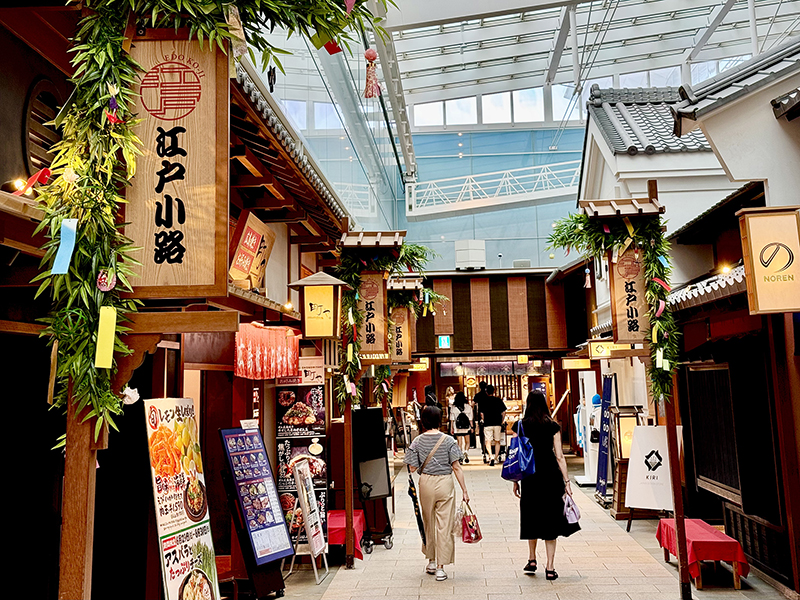
This commercial area replicates the streets of an Edo-period town, built using traditional materials and methods, such as plaster walls and roofing tiles from Awaji Island.
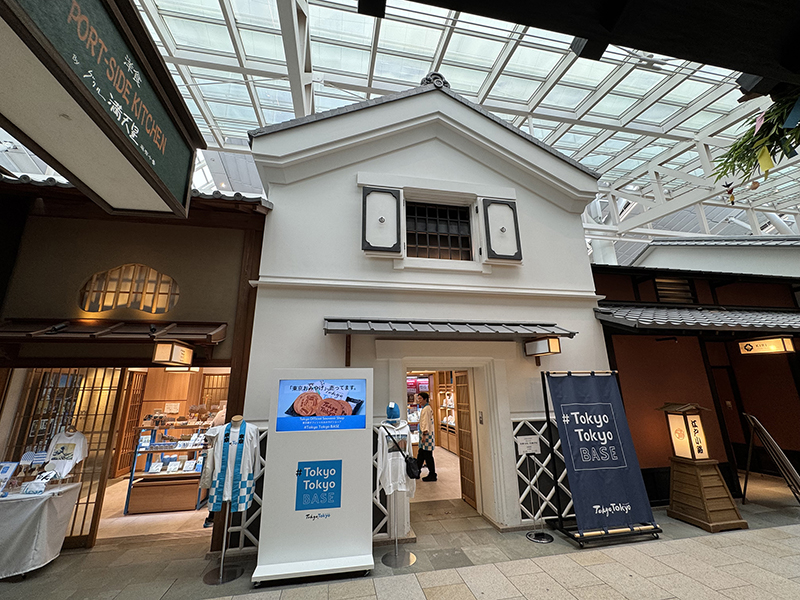
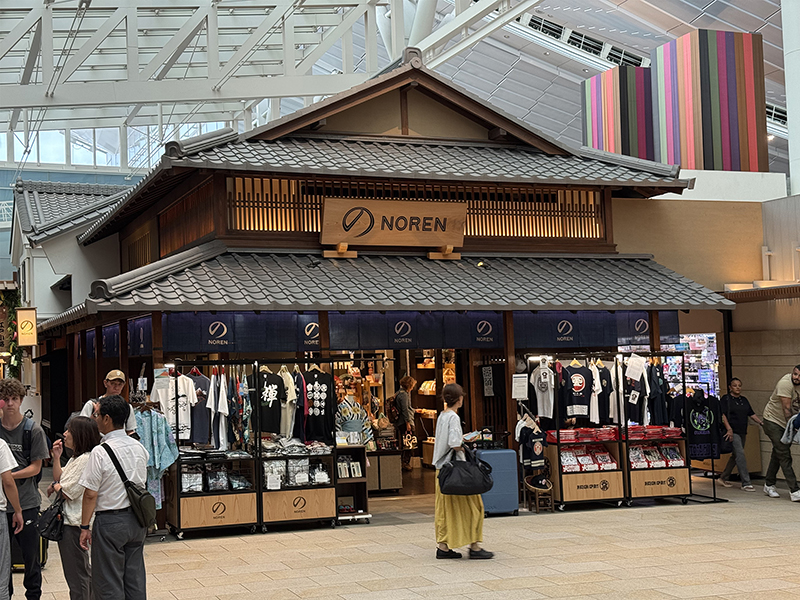
With narrow entrances like those of the Edo period, the craft shops are a delight to peek into.
A highlight is the playhouse, designed and supervised by the 18th-generation kabuki actor Nakamura Kanzaburo XVIII.
Its persimmon-orange, white, and black curtains, along with handwritten signboards, capture the look of the Edo period.
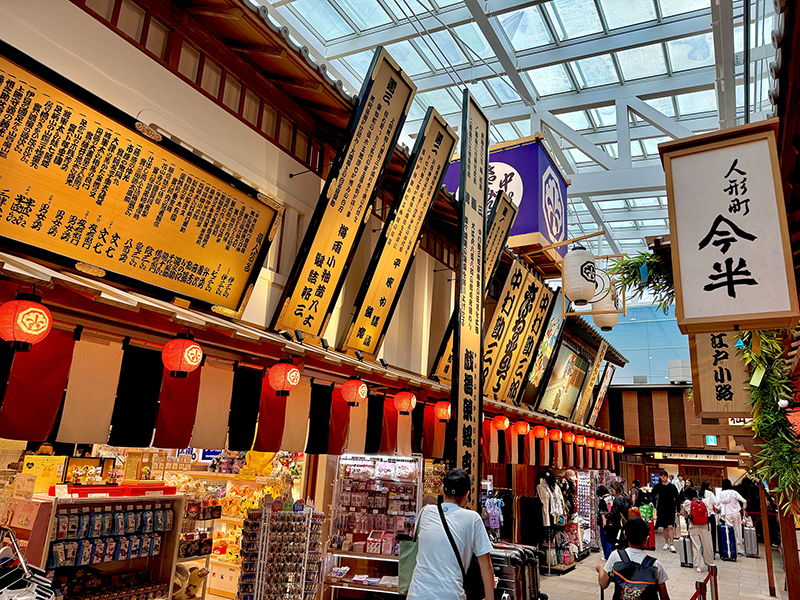
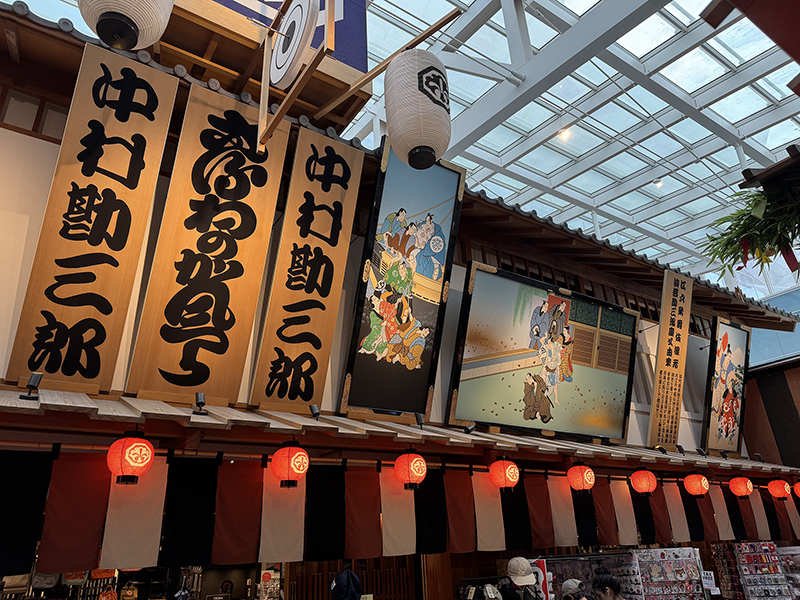
Don’t miss the hinoki-wood Haneda Nihonbashi Bridge.
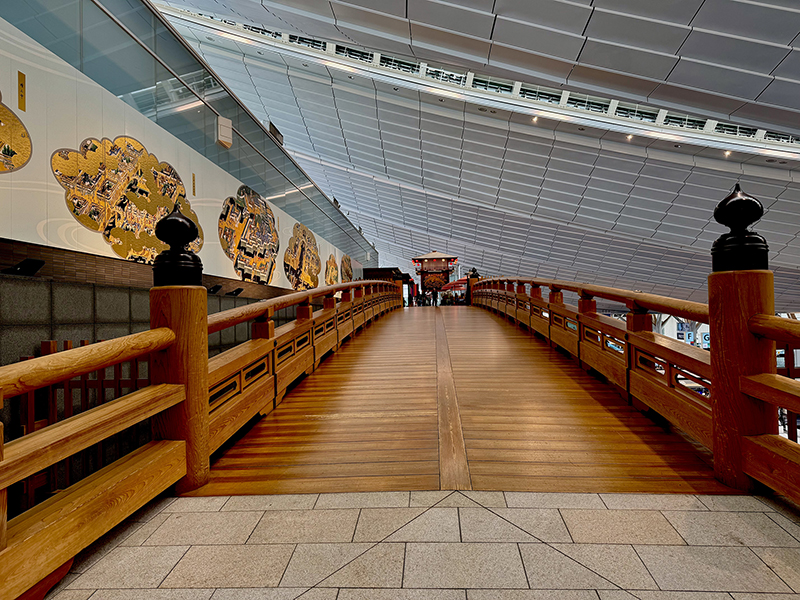
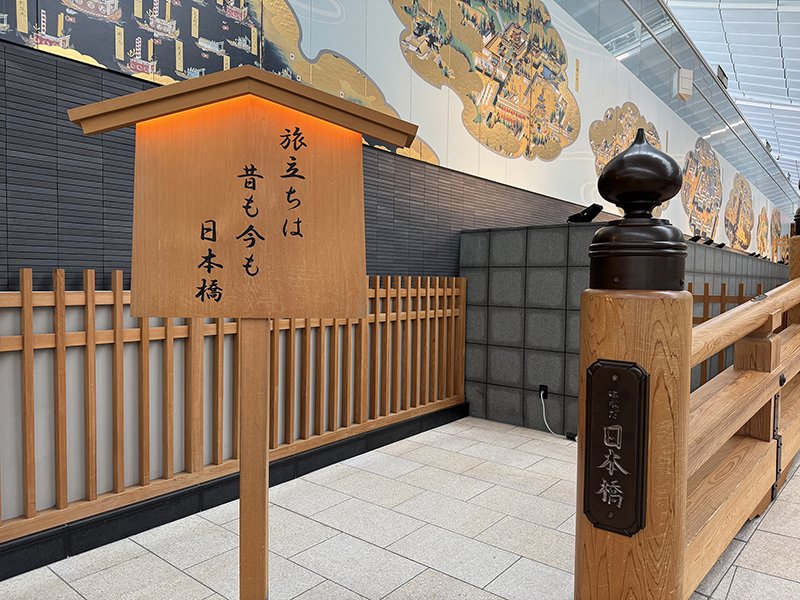
Inspired by the historic Nihonbashi Bridge, once the starting point of many journeys, this version has been recreated as a symbol of departure—about half the size and width of the early 19th-century original.
Decorating the wall is a ceramic print based on the “Edo-zu Byobu (Edo Map Folding Screen)” (owned by the National Museum of Japanese History ).
The print below is said to depict the sandals of the third shogun, Tokugawa Iemitsu! Be sure to keep an eye out for them when you visit.
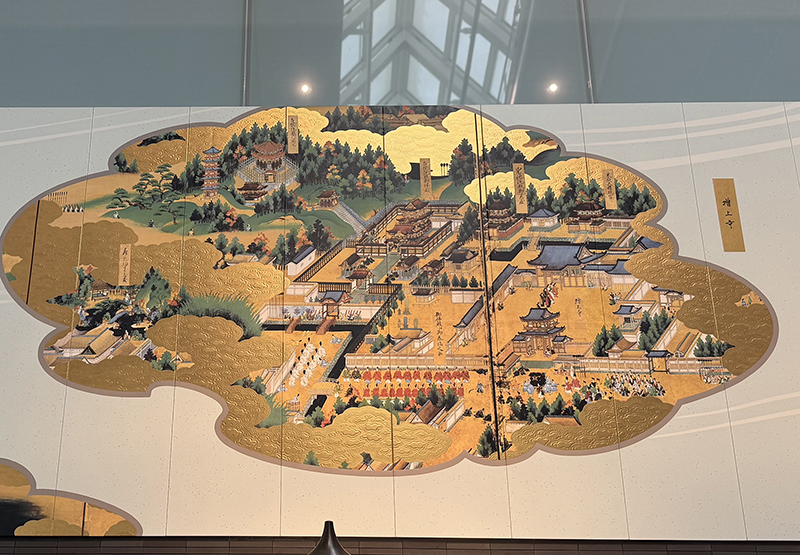
Cross Haneda Nihonbashi Bridge and continue inside to find the TIAT SKY ROAD, a walkway leading to the Terminal 3 observation deck.
Along the way, you’ll see a collection of model airplanes from airlines around the world; it’s fun to try spotting the same aircraft you saw on the observation deck.
